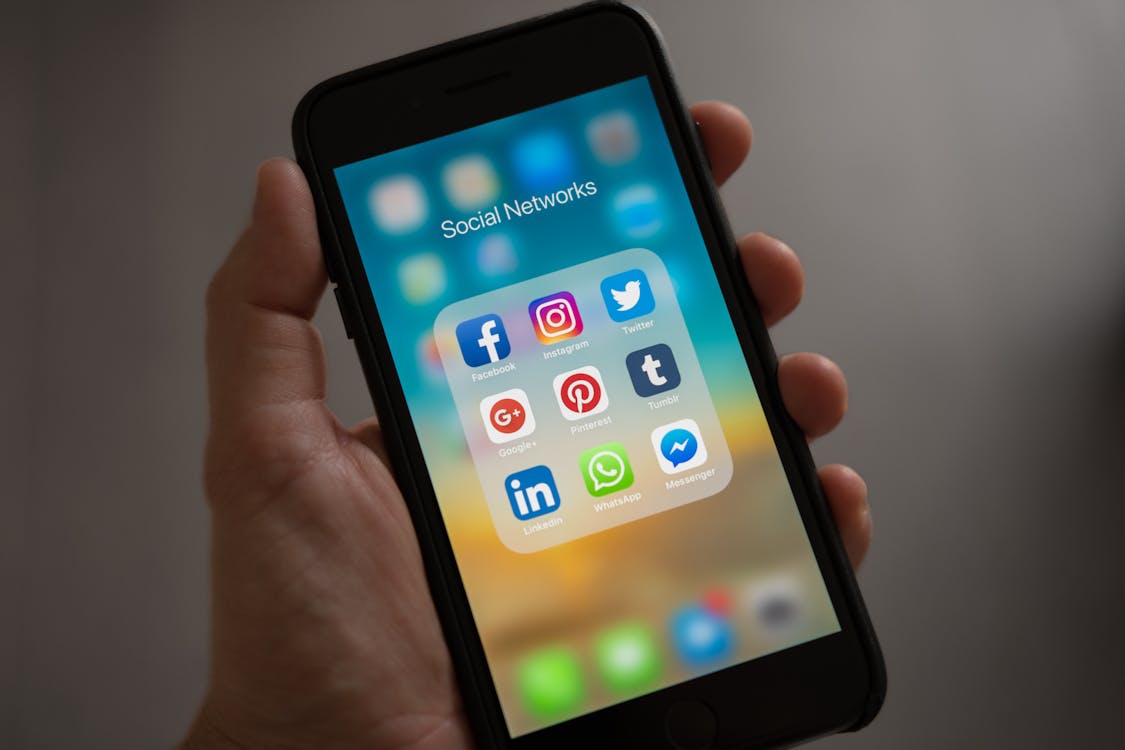In 2025, Facebook is losing its grip on Gen Z (ages 13-28), who are flocking to platforms like TikTok, Instagram Reels, and emerging apps that better suit their fast-paced, visual, and authentic digital lifestyles. With 79% of Gen Z using TikTok daily compared to only 49% on Facebook, the shift is clear: the social media giant that once defined connectivity now feels outdated to a generation craving relevance and privacy. This SEO-optimized article explores why Gen Z is abandoning Facebook, where they’re heading, and how businesses can adapt to reach them. Packed with insights and royalty-free images, this post is designed for maximum engagement and Google AdSense compliance.
The Decline of Facebook: Why Gen Z Is Moving On
Once the go-to platform for social networking, Facebook’s appeal has waned for Gen Z. Industry data shows that only 23% of 18-24-year-olds view it as a valuable community space, with many calling it “lame” or irrelevant. Meanwhile, TikTok has captured 79% of Gen Z users, who spend an average of 4.5 hours daily across social platforms. This shift isn’t just about trends—it’s about a generational preference for authenticity, privacy, and dynamic content that Facebook struggles to deliver.
Let’s dive into the key reasons Gen Z is ditching Facebook and explore the platforms shaping their digital world in 2025.

1. Outdated Vibes: Facebook Feels Like a Digital Relic
For Gen Z, Facebook’s text-heavy feeds, cluttered with ads, family updates, and outdated posts, feel like a platform for Boomers and Gen X. Launched in 2004, it’s evolved into a space for Marketplace deals and local groups, not the vibrant hub it once was. In contrast, TikTok, launched in 2018, offers an algorithm-driven “For You” page that delivers endless, bite-sized videos tailored to individual interests—dances, memes, and trends that resonate with Gen Z’s creative energy.
Why It Matters
- Engagement Gap: TikTok’s short-form content keeps users hooked, with 56% of Americans (and 79% of Gen Z) using it for entertainment and discovery.
- Cultural Relevance: Gen Z sees TikTok as a space they “own,” unlike Facebook, which feels like “their parents’ platform.”
- How to Adapt: Businesses should prioritize video-first content to connect with Gen Z on platforms they trust.
2. Privacy and Control: Gen Z Values Anonymity
Privacy concerns are a major driver for Gen Z’s departure from Facebook. With 19% of young users citing data privacy as a reason for quitting, many delete their accounts by age 22 to avoid “doxxing themselves” in an era of deepfakes and cancel culture. Facebook’s history of data scandals and permanent post archives feel invasive compared to TikTok and Snapchat, where ephemeral content (like 24-hour Stories) offers more control.
Emerging Alternatives
- BeReal: Encourages unfiltered daily check-ins, appealing to Gen Z’s desire for authenticity.
- Signal: A privacy-first messaging app gaining traction for secure communication.
- Digital Minimalism: Some Gen Z users are embracing offline hobbies or flip phones to reduce their digital footprint.

3. Content Preferences: Short, Visual, and Authentic
Gen Z craves short-form, visual content that feels real and engaging. TikTok’s addictive videos, which range from product reviews to activism, meet this demand, with 48% of Gen Z planning to increase social commerce purchases in 2025. Facebook’s long-form posts and ad-heavy feeds can’t compete with the fast-paced, creative formats of TikTok, Instagram Reels, or YouTube Shorts.
Beyond TikTok
- Instagram Reels: Shifting toward video-first and anon-style posts, it’s a go-to for Gen Z’s creative expression.
- YouTube Shorts: Offers deeper dives into tutorials and entertainment.
- X Platform: Gaining popularity for unfiltered discussions on politics and trends, where Gen Z seeks “truth” over curated feeds.
Why It Matters
TikTok’s dominance stems from its ability to deliver serendipitous, trend-driven content. However, some users criticize its “overused songs” and attention-seeking loops, pushing them to explore niche platforms like Discord for community-driven chats or Threads for low-stakes interactions.
4. Social Shifts: From IRL to Online Connections
Facebook once facilitated real-world connections—think party invites and friend meetups—but now it’s seen as a “content farm” buried in ads. Gen Z’s social habits lean toward online-first interactions, like gaming communities, FaceTime calls, and Snapchat streaks. TikTok fosters “serendipitous encounters” through features like duets and stitches, but the pressure to perform online has made real-world socializing feel riskier.
The “Touch Grass” Movement
A backlash against TikTok’s intensity has sparked calls to “touch grass,” with some Gen Z users reducing social media use or exploring platforms like Discord for niche, low-pressure communities. This shift highlights a desire for balance between digital and offline lives.

5. Mental Health and Brand Strategy: A Wake-Up Call
The migration to TikTok and beyond isn’t just about preference—it’s tied to mental health. Gen Z reports rising loneliness and anxiety from algorithm-driven platforms, with 41% of Americans cutting back on social media use. Facebook’s ad-heavy, inauthentic feel exacerbates this, while TikTok’s creative outlet (despite its own issues) feels more empowering.
Tips for Businesses
- Focus on TikTok: Create authentic, video-first content to tap into Gen Z’s $360 billion purchasing power.
- Use Instagram Reels: Leverage its shift to short-form videos for brand visibility.
- Engage on X: Connect with Gen Z through unfiltered, trend-driven discussions.
- Prioritize Authenticity: Avoid overly polished ads—Gen Z values real stories and transparency.
Conclusion: Where Gen Z Is Headed in 2025
Gen Z isn’t abandoning social media—they’re redefining it. Facebook struggles with an outdated image and privacy concerns, while TikTok, Instagram Reels, and platforms like X and Discord offer the authenticity, privacy, and engagement Gen Z craves. For businesses and creators, the lesson is clear: adapt to short-form, visual content and prioritize platforms where Gen Z thrives.
Stay ahead of the curve with the latest digital trends at Trendalize. Which platform is your go-to in 2025? Share your thoughts below!
